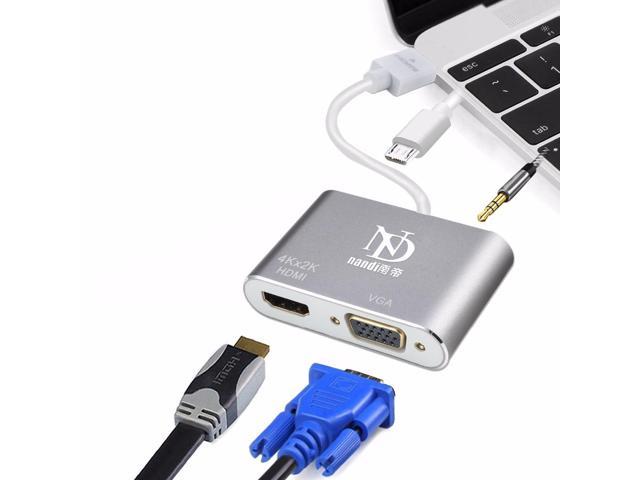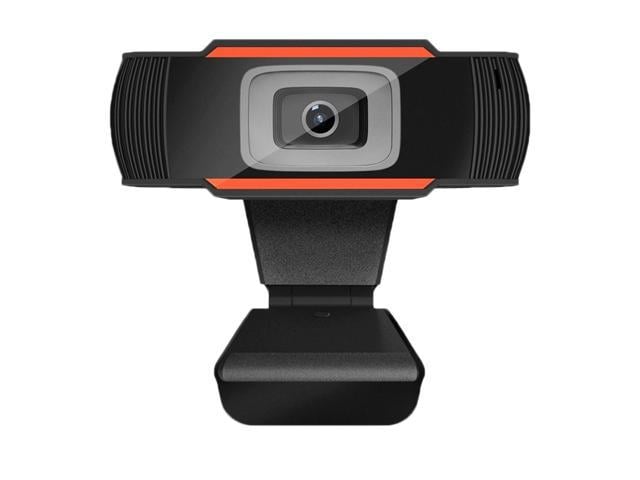Preface Preface Our Purpose and Approach Welcome to the book named Real Digital Forensics. When we conceived this book, we wanted to give forensic investigators more than words to learn new skills. Many people express to us in our classes and speaking engagements a simple sentence we have heard hundreds of times: “How do I get into the field of computer forensics?” In our opinion, you cannot learn forensics unless you have hands-on practical experience. This brings up a more important question we usually hear next: “How do I get my hands on data to gain that experience?” This question is much more difficult to answer because the only data most people have to practice with comes from real cases-and we all know that our clients do not want their data disseminated for learning tools! Therefore, it is difficult for most people to find data to practice with in order to sharpen their computer forensic skills. To answer this second question, we decided to publish this book with a DVD containing realistic evidence collected from several fictitious scenarios for the sole purpose of teaching the computer forensic tradecraft. Most of the scenarios you will find throughout this book are very similar to types of cases that we investigate every day. We used the same tools attackers use when establishing a foothold in your network, the same methods rogue employees make use of to steal your trade secrets, and the same media we typically collect when we created the evidence files found on the DVD. Although we attempted to thoroughly investigate each company name we used for our scenarios, we want to state that none of this data was collected from computers within companies with coincidentally similar names or IP addresses. The book begins by presenting methodologies used for the collection and analysis of computer forensic data. Then the book presents methods for compiling tool kits you can take with you to the scene of a computer-related crime. The book concludes by providing methodologies for deeper forensic analysis and solutions for when you run into other types of computer media such as USB memory and Palm devices. Although computer forensic software tends to be commercially dominated, which means you would have to pay a hefty licensing fee just to get your feet wet, we wholeheartedly believe in open source because of the documented methodologies and availability of the source code. Reproducibility and documentation of methodologies is the cornerstone of any forensic science. Therefore, you will find that most techniques we recommend utilize a freely available and publicly documented toolset. This will enable you to examine the evidence found on the DVD without having to purchase additional software. When we do talk about commercial software to help round out your knowledge base, we will point it out in the text so that you are fully aware. You will find that this book takes a practical, hands-on approach to solving problems that we frequently encounter when performing computer-related investigations. This book will not contain pages and pages about the theory of computer forensics. What it will contain are techniques you can employ immediately to solve your problems when performing an analysis. We hope you enjoy the Real Digital Forensicsexperience. The Prerequisites and Target Audiences Some of the techniques we discuss in this book are considered more advanced than common forensic knowledge. If you are just starting out in the computer forensic field, we suggest a basic understanding of computer forensics to more fully enjoy the content within this book. For an understanding of computer forensics that will help you work through the investigations throughout this book, we recommend you review the following publications: The Tao of Network Security Monitoring: Beyond Intrusion Detectionby Richard Bejtlich Extrusion Detection: Security Monitoring for Internal Intrusionsby Richard Bejtlich Incident Response: Investigating Computer Crimeby Kevin Mandia, Chris Prosise, and Matt Pepe File System Forensic Analysisby Brian Carrier Computer Forensicsby Kruse, Warren and Jay Heiser About the Art Due to the complex nature of the data we discuss, some of our screenshots may appear small in this book and may be difficult to read. We have made all the artwork available at http://www.realdigitalforensics.com. How To Use the DVD All the evidence collected for each of the scenarios presented throughout the book is loaded on the DVD. If you insert the DVD into a Windows machine, a new drive such as D: or E: will appear. If you insert the DVD into a Unix machine, you will need to mount the file system using the mount command, such as: ?mount /dev/cdrom /mnt/realdigitalforensics re>Off of the DVD root directory, you will find another directory named after the scenario. Typically this directory has the same name as the victim company s name. For example, to find the “JBR Bank s Intrusion” scenario, you would navigate to the jbr_bank d















